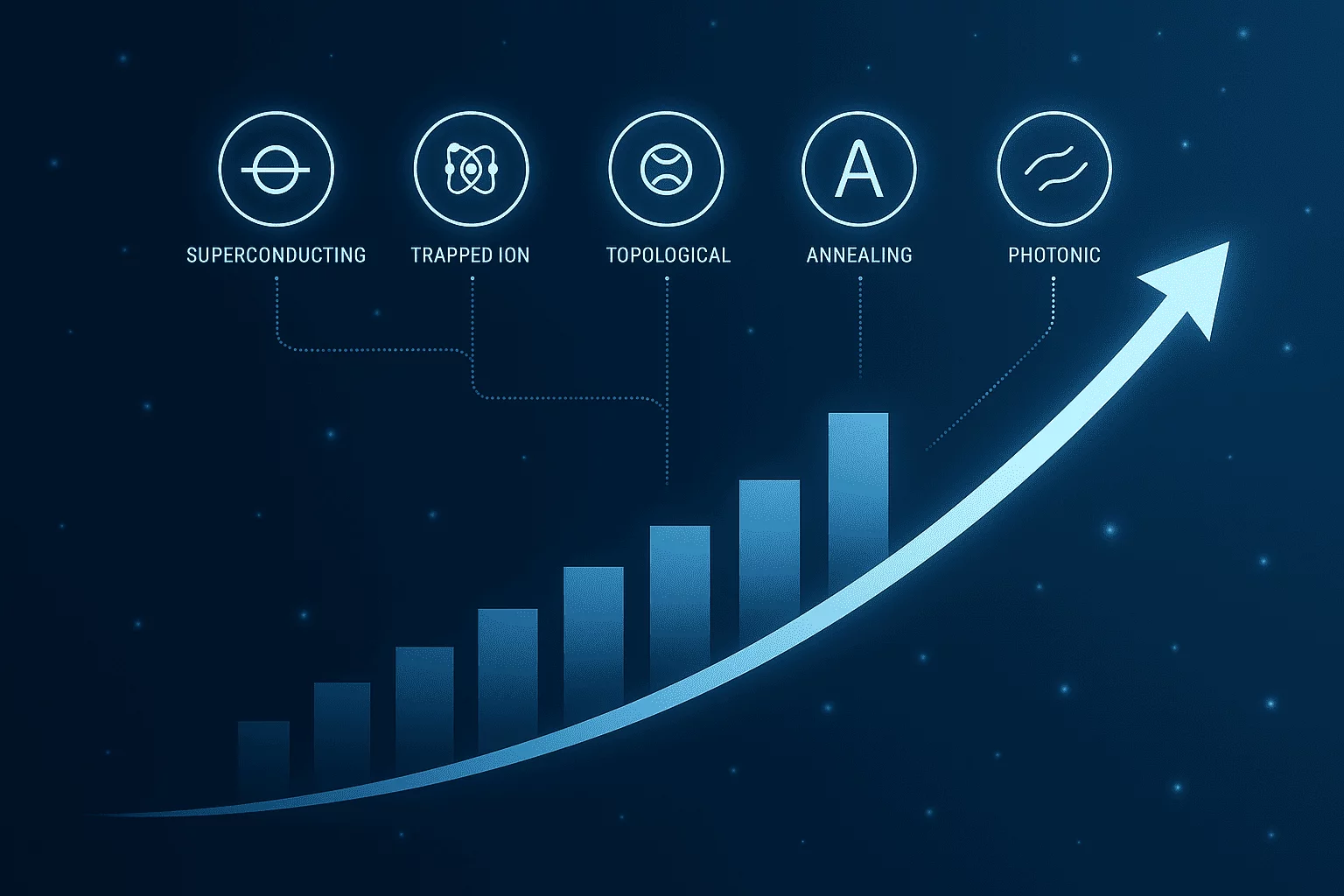In March 2025, the European Central Bank (ECB) convened its Governing Council meeting against a backdrop of escalating global trade tensions and shifting economic dynamics. The ECB implemented its sixth consecutive interest rate cut, reducing the deposit facility rate by 25 basis points to 2.5%. This decision reflects the ECB’s ongoing efforts to stimulate economic growth while contending with external uncertainties. The ECB reduced interest rates in March 2025 amid trade tensions and economic uncertainties. Explore the policy meeting implications of this decision and the outlook for eurozone monetary policy.
ECB Policy Meeting March 2025: Key Decisions and Rationale
The ECB’s decision to lower interest rates was driven by a confluence of factors:
- Inflation Trends: Eurozone inflation has moderated significantly from its peak of 10.6% in October 2022 to 2.4% in February 2025. This downward trend provided the ECB with room to adjust its monetary policy stance.
- Economic Growth Concerns: The eurozone economy exhibited stagnation in late 2024, prompting the ECB to take measures aimed at revitalizing growth.
- Trade Tensions: The imposition of U.S. tariffs on European imports introduced additional uncertainty, potentially dampening investment and consumption within the euro area.
ECB President Christine Lagarde emphasized the importance of a data-dependent approach, stating that future policy decisions would be made on a meeting-by-meeting basis, contingent upon evolving economic indicators.
Divergent Views Within the Governing Council
The March meeting revealed differing perspectives among ECB policymakers regarding the trajectory of monetary policy:
- Dovish Stance: Some members advocated for continued rate cuts, citing the risks of inflation undershooting targets due to trade-related uncertainties.
- Hawkish Perspective: Others urged caution, highlighting persistent inflation in services and domestic sectors, as well as potential fiscal policy shifts in member states like Germany.
This divergence underscores the complexity of the ECB’s policy environment, where balancing growth stimulation with inflation control remains a delicate task.
External Factors Influencing Policy
Several external developments are shaping the ECB’s policy considerations:
- U.S. Trade Policy: Recent U.S. tariff announcements have introduced volatility into global markets, with potential repercussions for the eurozone’s export sector.
- Fiscal Initiatives in Europe: Proposals for increased defense and infrastructure spending within the EU, particularly by Germany, could have stimulative effects on the economy, potentially offsetting some negative impacts from external trade disruptions.
Market Reactions
Financial markets responded to the ECB’s rate cut with cautious optimism. European equity indices experienced modest gains, while bond yields adjusted to reflect the new interest rate environment. The euro exhibited slight appreciation against major currencies, indicating investor confidence in the ECB’s policy direction.
Looking Ahead
The ECB’s next monetary policy meeting is for April 17, 2025. Policymakers will continue to monitor economic indicators closely, including inflation trends, GDP growth, and external trade developments. The ECB remains committed to its mandate of price stability. It is ready to adjust its policy tools as necessary to navigate the evolving economic landscape.





